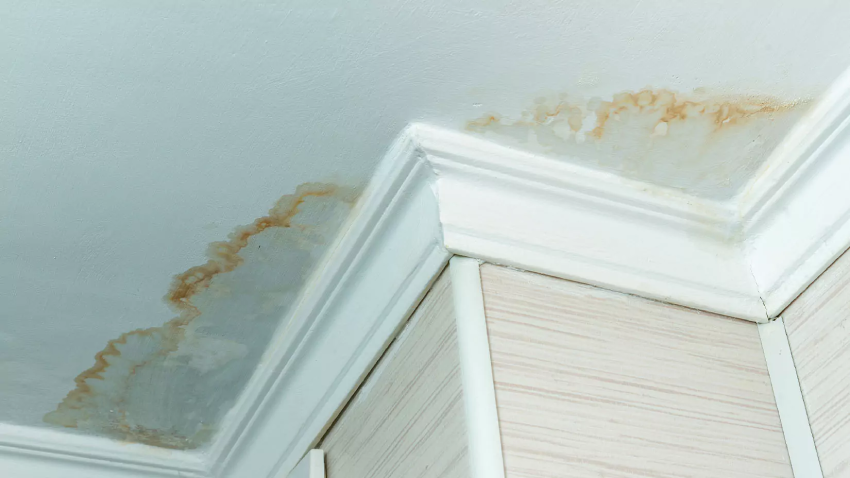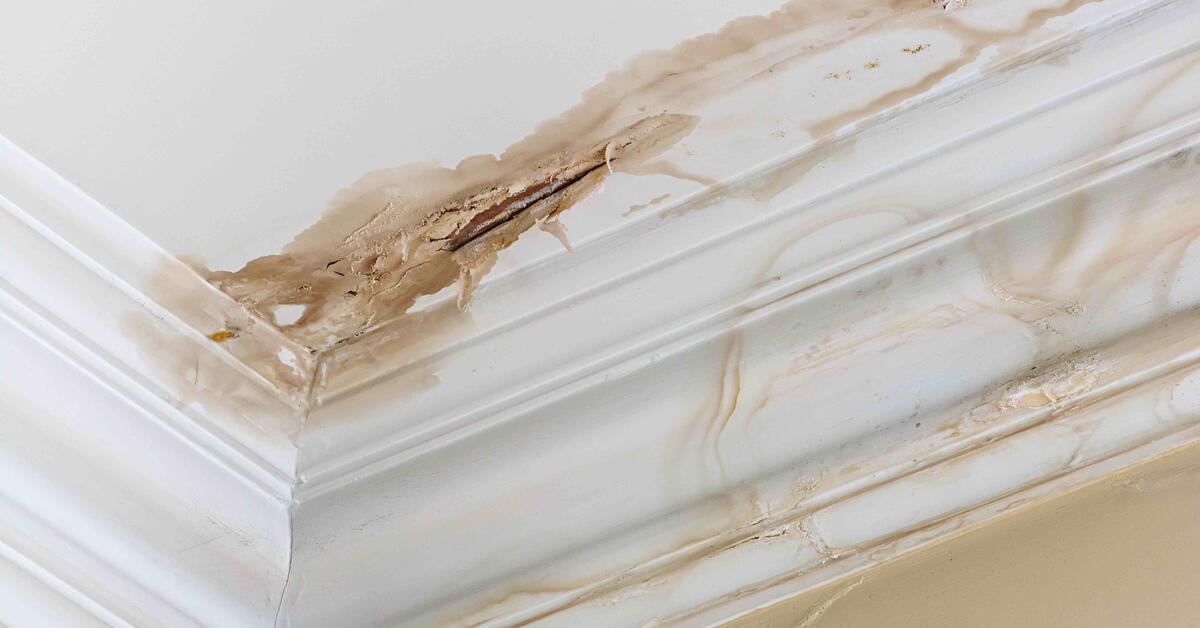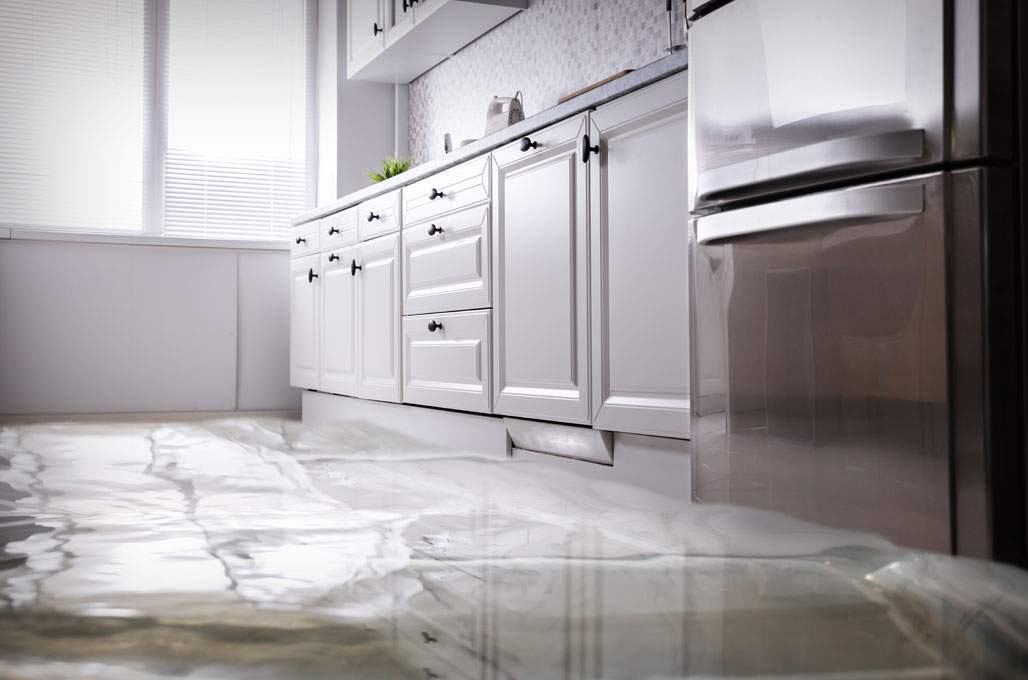Emergency Water Damage Restoration to Restore Your Property Quickly
The Refine of Water Damage Cleaning: Ensuring Your Home Is Recovered Successfully
Water damage can be a daunting obstacle for property owners, requiring a careful and structured clean-up procedure to restore security and functionality. A thorough assessment is vital to identify the extent of the damages and determine the appropriate removal steps. Following this, efficient water extraction techniques play an essential duty in reducing additional harm. The subtleties of drying out, sanitizing, and eventual restoration are equally crucial and often forgotten. Understanding these phases can make a substantial difference in the result of your home's reconstruction, motivating a closer take a look at what each step involves.
Assessing the Damages
Upon finding water damage, the initial step is to thoroughly evaluate the degree of the influence. This initial evaluation is vital, as it aids determine the required steps for effective cleanup and reconstruction. Begin by inspecting the affected locations, consisting of walls, ceilings, floors, and personal items, to identify the source of the water invasion, whether from flooding, leakages, or condensation.
Recording the damage is important for both insurance cases and planning reconstruction efforts - damage restoration services. Use pictures and composed notes to capture the severity of the damage, noting any afflicted structural aspects and products. Pay unique attention to locations that may not be instantly visible, such as behind walls and under rugs, as hidden wetness can cause further problems, consisting of mold development
Furthermore, assess the timeline of the water direct exposure. The longer the products remain wet, the greater the capacity for damage. Recognizing the period of direct exposure will certainly educate the necessity of removal efforts. Ultimately, a detailed assessment lays the groundwork for an effective water damage clean-up process, guaranteeing that all impacted locations are attended to successfully and completely.
Water Extraction Strategies

Specialists normally employ submersible pumps for larger quantities of water, which can swiftly ease flooding in basements or various other affected locations. For smaller sized quantities, wet/dry vacuums are often made use of to remove recurring dampness from rugs and hard surfaces. Additionally, making use of mobile extractors permits targeted elimination in confined areas or locations with delicate products.
In instances of contaminated water, such as sewage or floodwater, progressed removal techniques may include making use of biohazard tools to make certain safety and compliance with health and wellness guidelines. High-powered removal devices are critical in decreasing water retention in architectural products, which can lead to mold and mildew development and structural deterioration otherwise resolved quickly.
Eventually, the effectiveness of water extraction strategies plays a pivotal duty in the overall success of the water damage clean-up process, preparing for subsequent remediation efforts.
Drying and Dehumidification
As soon as standing water has actually been effectively drawn out, the following crucial stage in the water damage cleanup process is drying out and dehumidification. This step is vital to protect against additional damages and mold development, which can occur within 24 to two days in wet environments.
To accomplish reliable drying out, specialized devices such as industrial-grade air movers and dehumidifiers is employed. Air movers flow air across wet surface areas, improving evaporation prices, while dehumidifiers minimize moisture degrees in the air, advertising a favorable environment for drying. The mix of these tools ensures that moisture is extracted from floors, home furnishings, and walls, allowing them to completely dry thoroughly.
It is very important to keep an eye on the drying process very closely. Professionals commonly make use of wetness page meters to assess the dampness content in various materials, making certain that all influenced areas get to appropriate dry skin degrees. This thorough technique assists to avoid concealed wetness pockets that could result in structural damage or harmful mold and mildew development.

Cleansing and Sanitizing
After the drying and dehumidification stage is total, the following important step in water damages cleanup is cleaning up and sterilizing the affected locations. This process is important to stop the development of mold and mildew, germs, and other virus that thrive in wet atmospheres.
The cleansing stage generally involves getting rid of any kind of debris, dirt, and pollutants from surfaces utilizing specialized cleaning representatives. For tough surfaces, a combination of soap and water or industrial cleaning items is typically utilized. Soft products, such as furniture and rugs, may call for a lot more substantial cleansing approaches, consisting of heavy steam cleansing or deep extraction techniques, to guarantee extensive sanitation.

Disinfecting complies with cleaning, utilizing EPA-approved anti-bacterials to eliminate dangerous microorganisms. This action is necessary, especially in locations that might have entered into contact with floodwaters or sewer, as these resources can present major wellness threats.
Additionally, it is very important to address any kind of remaining odors, which might require the use of odor neutralizers or advanced techniques like ozone treatment. Proper cleaning and disinfecting not just recover the safety and security and health of your home yet also prepared for successful repair and repairs in subsequent stages of the water damages cleaning procedure.
Reconstruction and Repairs

When the evaluation is total, repair initiatives can start. In addition, floor covering might require comparable focus, depending on the level of water exposure.
It is important to engage experienced restoration professionals throughout this procedure, as they have the expertise to take care of complicated fixings efficiently. They can aid reduce possible future concerns, such as mold and mildew growth or structural instability, therefore making sure a safe and habitable living setting. Inevitably, efficient reconstruction and repair work recover the additional hints home's integrity and boost its total worth.
Verdict
Finally, the procedure of water damages cleaning is vital for restoring a home to its pre-damage condition. Each phase, from assessing the damages to implementing efficient water removal methods, adhered to by complete drying, sterilizing, and necessary repair services, plays an essential role in guaranteeing safety and security and conformity with building standards. Effective execution of these steps not only alleviates instant damages but also improves the long-lasting integrity and worth of the property.
Water damage can be a challenging difficulty for house owners, requiring a precise and organized cleanup process to bring back security and functionality. Inevitably, a detailed assessment lays the groundwork for an effective water damages clean-up process, guaranteeing that all impacted locations are attended to successfully and extensively.
Efficient water removal strategies are necessary in alleviating damage and avoiding further difficulties following a water intrusion event.In verdict, the procedure of water damages cleaning is crucial for restoring a home to its pre-damage salt lake water damage repair condition. Each phase, from examining the damages to implementing efficient water extraction methods, adhered to by extensive drying out, sanitizing, and needed repairs, plays a crucial role in making certain safety and conformity with structure standards.